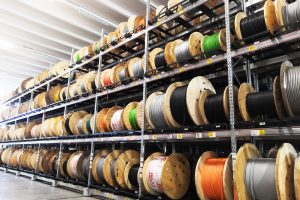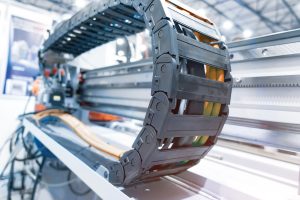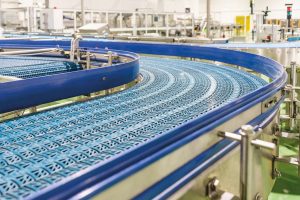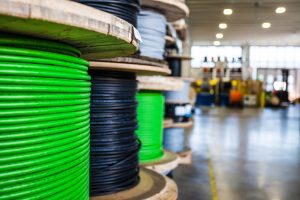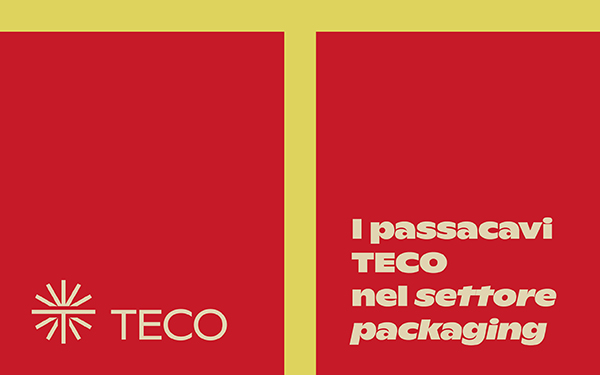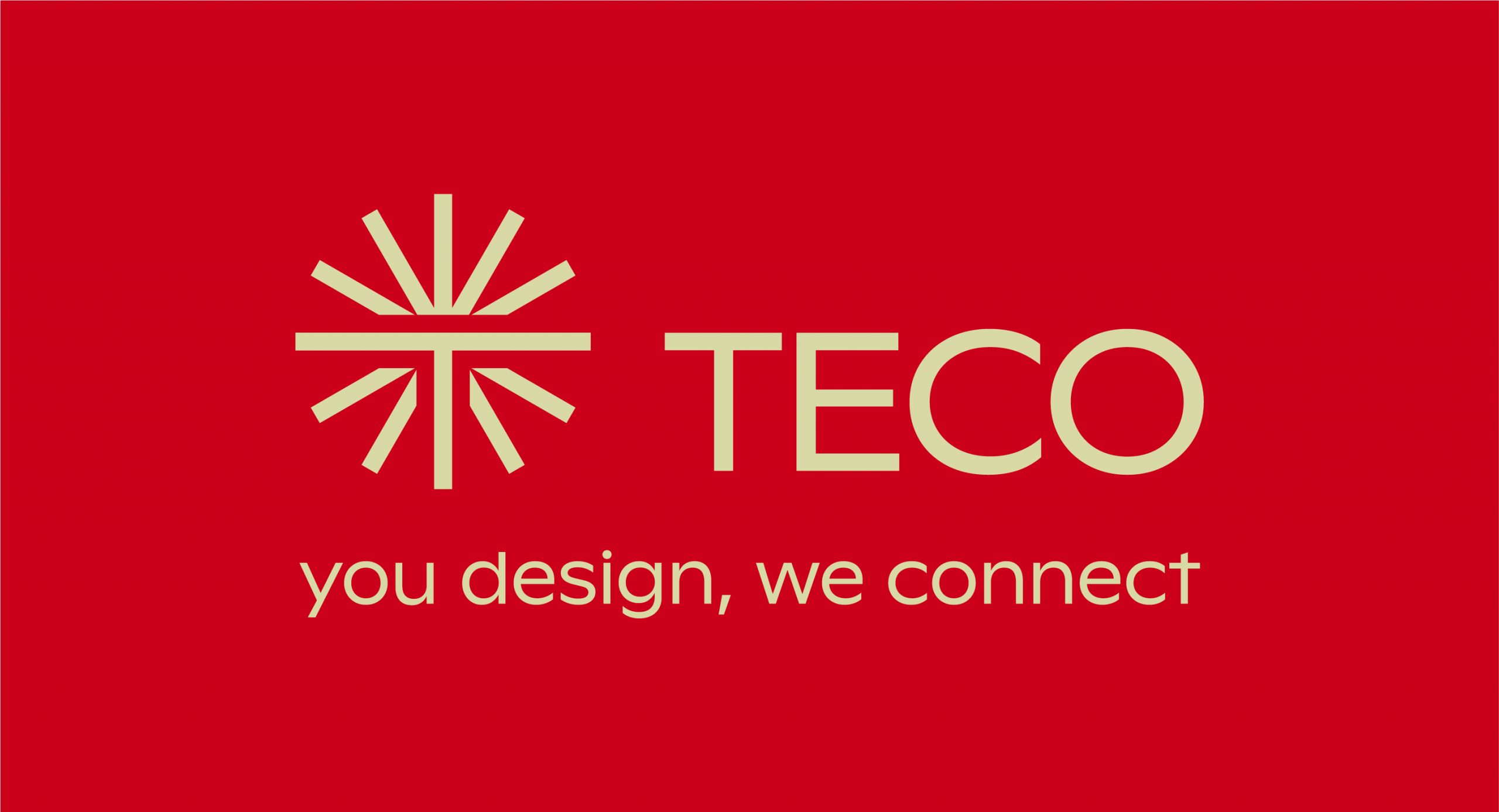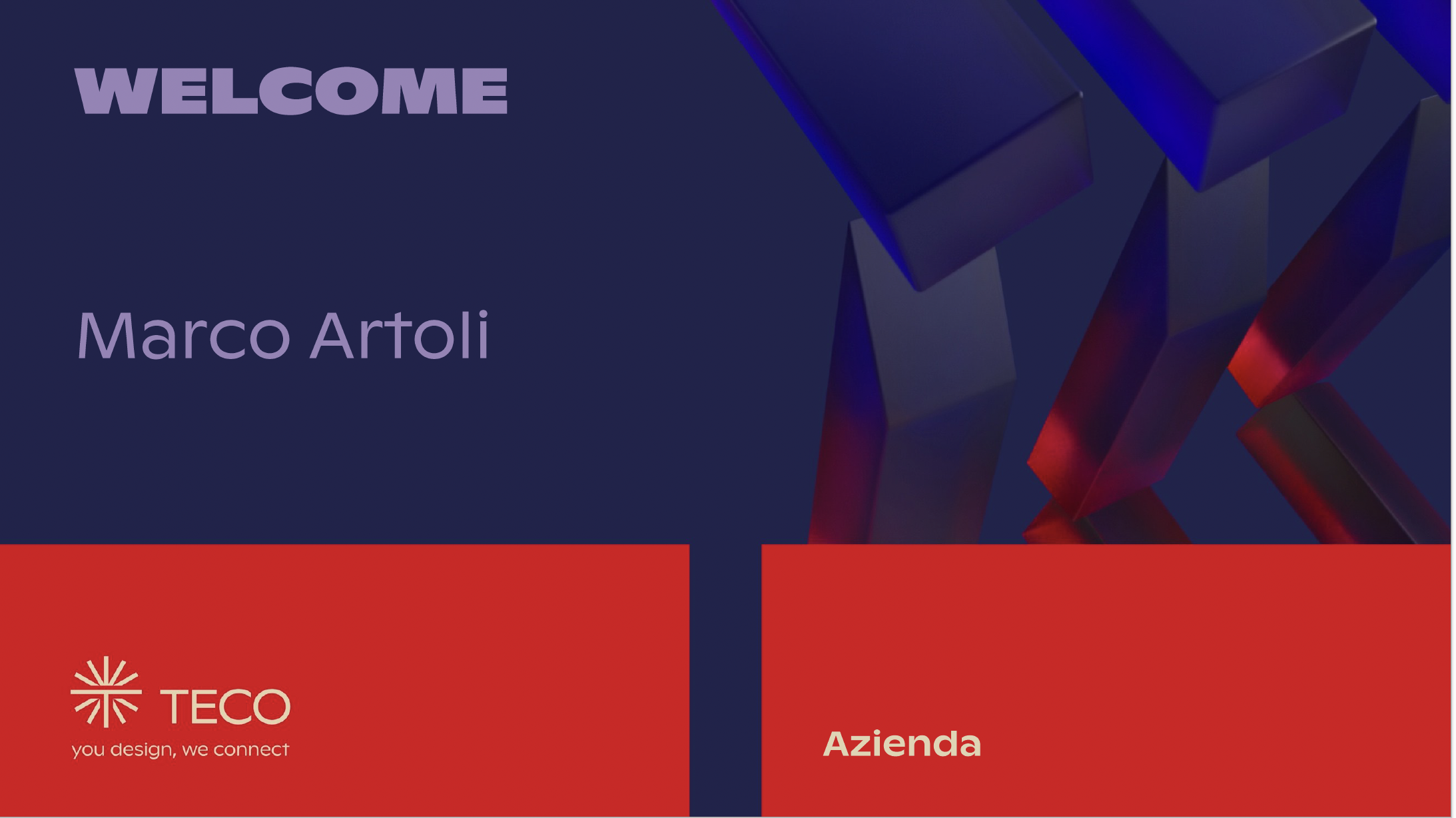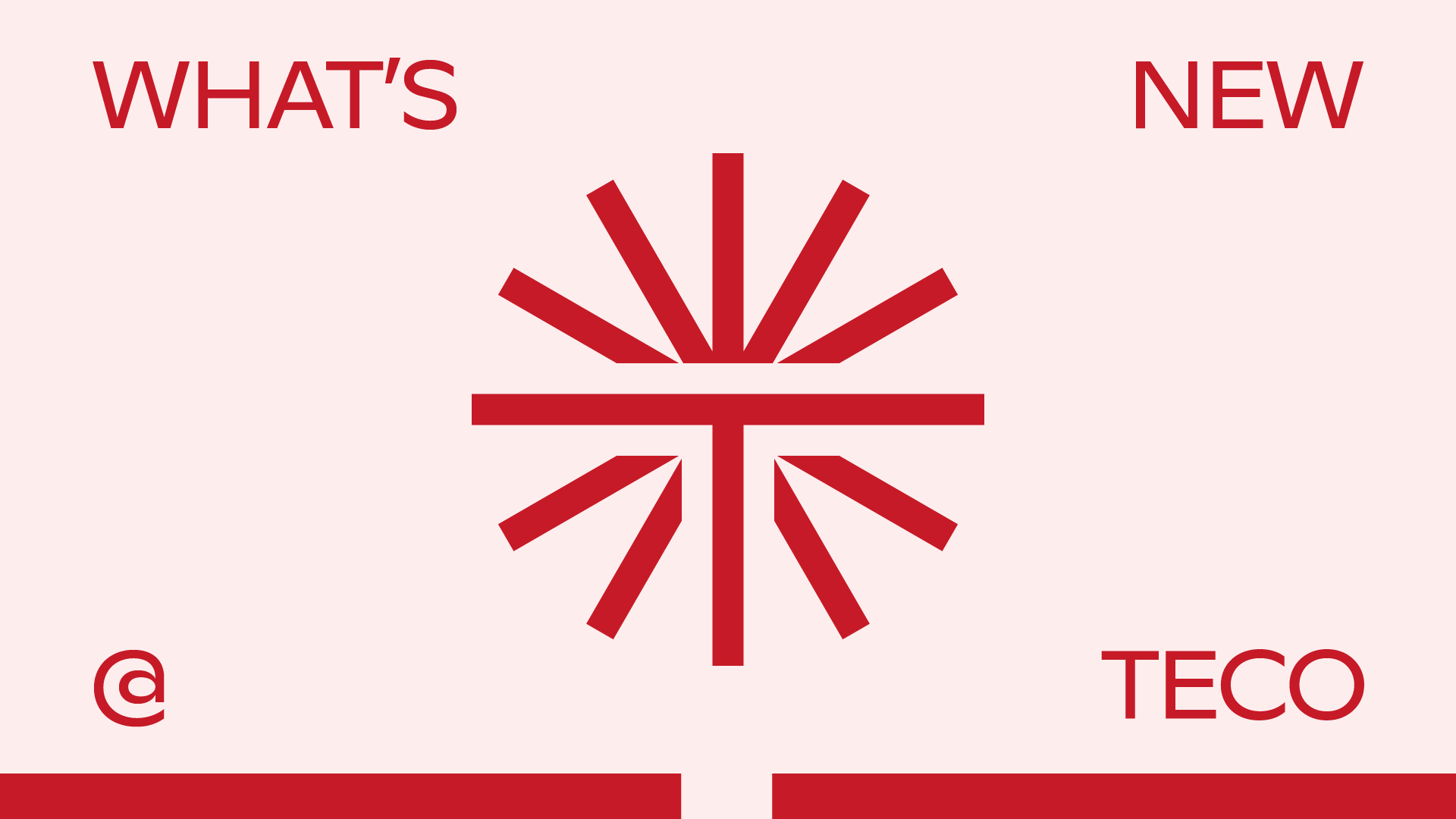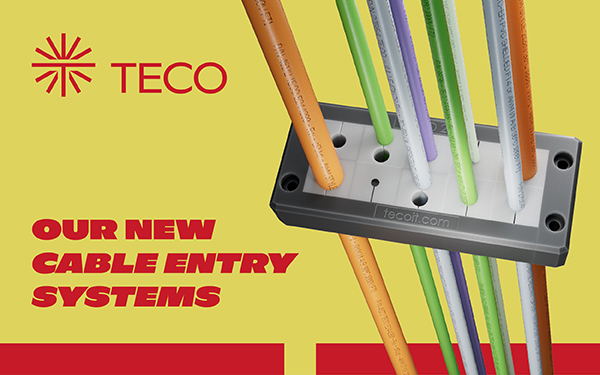[av_textblock size=” font_color=” color=” av-medium-font-size=” av-small-font-size=” av-mini-font-size=” av_uid=’av-jz3rraak’ admin_preview_bg=”]
A cable is defined as a set of wires, insulation, sheaths and protective shields, specifically designed to convey current to both transport energy and transmit signals.
Te.Co. cables are made up of the following elements:
- The wire can be rigid if it is a single element of copper or more often flexible, in this case it is composed of a set of copper capillaries braided together that form the so-called strand. To make the strand more flexible, the number of capillaries is increased by decreasing their section. Several strands can then be braided together to make wires with larger sections. Well-defined strand braiding methods make it possible to create a set suitable for dynamic installation, in flexural or torsional applications.
- Insulation is a layer of dielectric material placed around the wire and intended to withstand electrical voltage, it is a fundamental part of the cable that determines its performance in terms of rated voltage, capacity, thermal behaviour, etc. Depending on the conditions of use and electrical needs, it can be made of PVC, Polyethylene, Polyolefin, Nylon, Vinyl, Polypropylene, Thermoplastic Rubber. The wire and insulation assembly makes up the cable core.
- The group is the set of cores that form the cable as a whole and also includes any fillers
- The filler is used to fill the gaps between the cores and make the cable more homogeneous and rounder in shape. It can be in the form of textile waste, synthetic fibres or PVC or nylon casings or other insulating materials. In cables for dynamic installations, it mainly occupies the central part of the group where the dynamic stresses are greatest.
- The shield can be made of red or shielded copper. The latter is used to prevent copper oxidation and ensure greater efficiency, especially for high frequency signal transmission cables such as BUS cables. The screen has the dual function of confining the electric field generated in the wires when they are live, limiting their propagation in the surrounding environment, and that of protecting the cable from external electromagnetic disturbances. The shield can be identified with the following codes: ST or H2 for the braid shield, that is, with a capillary braid pattern; SF or H1, that is a bundle, where the capillaries are parallel to each other to form a sort of ribbon; SN or H where a real aluminium/polyester ribbon is usually used, sometimes accompanied by a continuity wire, drain wire, in contact with the conductive side of the ribbon, to guarantee electrical continuity and facilitate the ground connection on connectors and terminals.
- The casing is used to contain the set of conductors, for example before shielding or under the sheath, it is made with polyester or polythene tape, transparent or opaque, or white TNT, similar to fabric, with an essential lubricating effect for dynamic installation cables.
- The sheath is the outermost layer of material and covers the group, it can be made of rubber or plastic. Te.Co. Cables are exclusively made up of a thermoplastic material sheath
- The reinforcement is a further “shield”, made of galvanized steel, which has the task of mechanically protecting the cable from stress, against cutting and crushing.
Based on their fire behaviour, the cables are classified as:
- flame retardant;
- fire retardant;
- fire retardant and reduced emission of smoke and toxic gases;
- fire proof;
- for high temperature environments.
To learn more, view the Te.Co. catalogue in our Download section.
[/av_textblock]
[av_social_share title=’Share’ style=” buttons=” av_uid=’av-jz3s9xaw’ admin_preview_bg=”]

